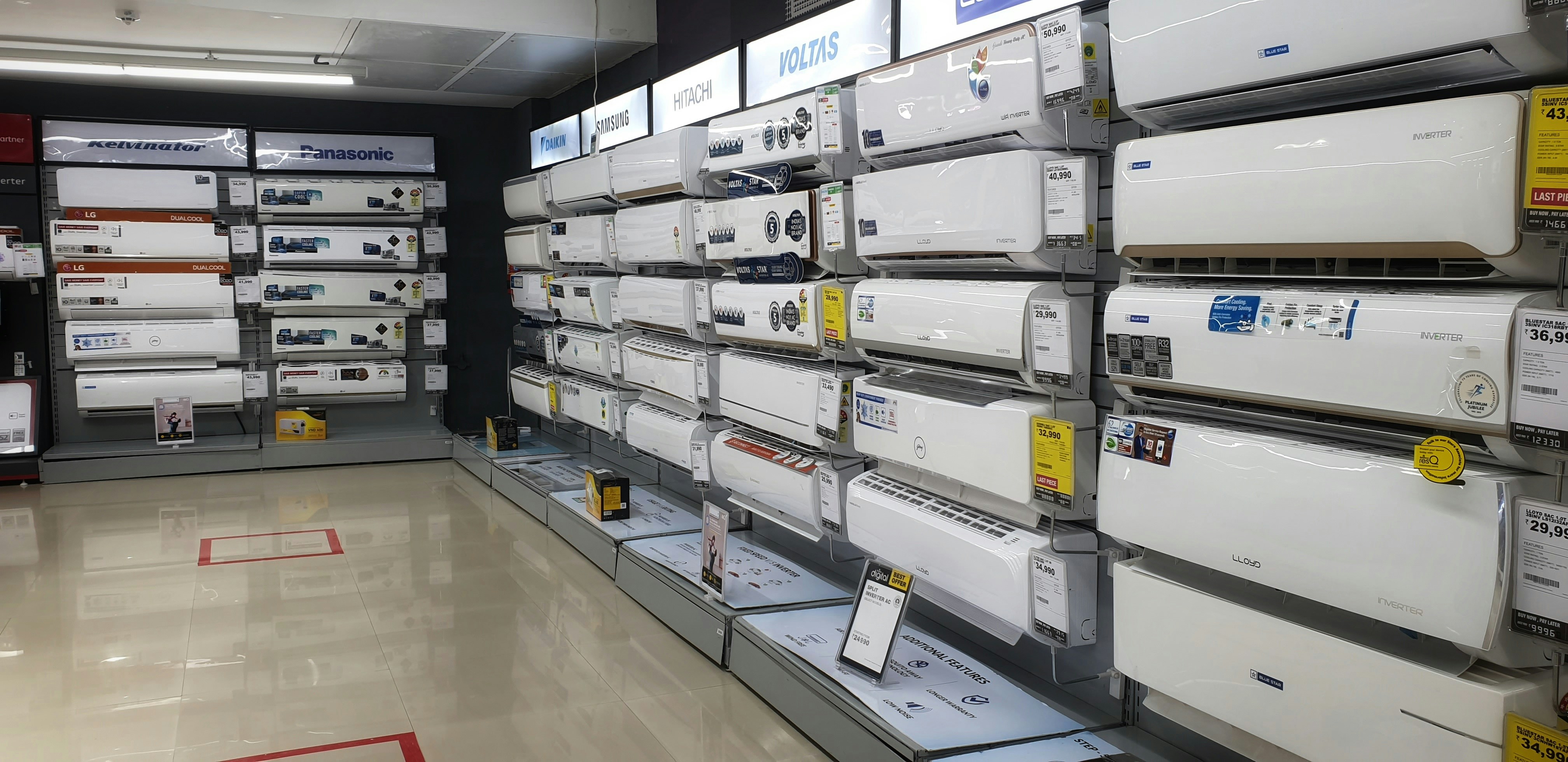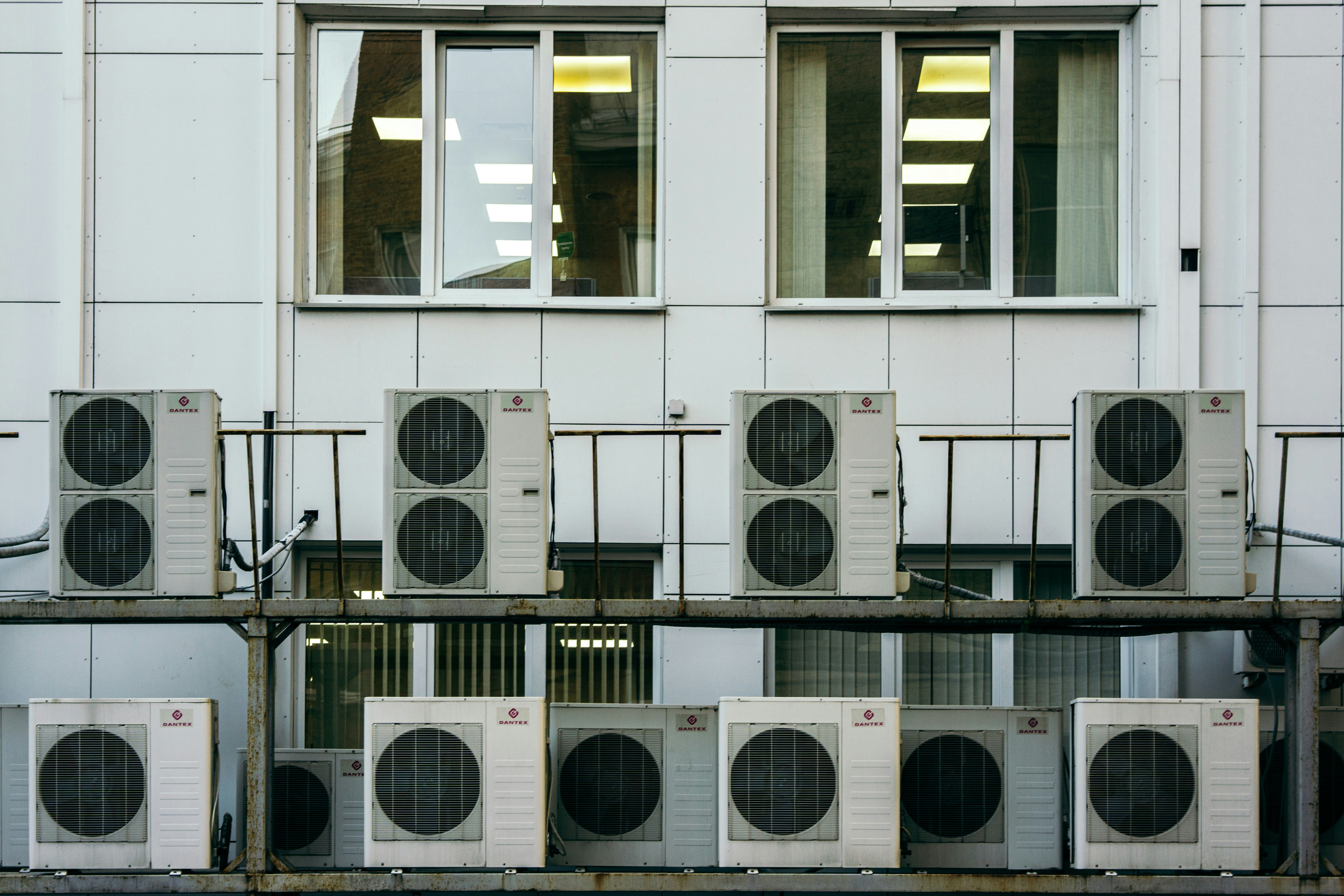Understanding Different Types of Air Conditioners
When selecting an air conditioner, it is crucial to consider the various types available in the market. The three most common options include window air conditioners, portable air conditioners, and inverter air conditioners, each offering unique functions and advantages. Understanding how these systems operate can significantly aid in making an informed decision.
Window air conditioners are a popular choice for many homeowners. As the name suggests, they are installed in a window frame, enabling them to cool a single room effectively. These units are typically less expensive than their portable counterparts, offering a cost-effective solution for localized cooling. However, their installation can be somewhat cumbersome, requiring proper sealing to prevent air leaks. Additionally, while efficient for smaller spaces, they may not be suitable for larger areas without multiple units.
Portable air conditioners provide flexibility, as they can be easily moved from one room to another. These units come with exhaust hoses that vent hot air outside through a window and require no permanent installation. Their convenience makes them an attractive option for renters or those with varying cooling needs. However, they generally have a lower cooling capacity compared to window units, potentially making them less effective in larger spaces. Additionally, portable ACs can be noisier, which may be a consideration for users sensitive to sound.
On the other hand, inverter air conditioners utilize advanced technology to regulate compressor speed, leading to more energy-efficient cooling. Unlike traditional units that turn on and off to maintain temperature, inverter systems adjust their capacity based on the ambient conditions, offering consistent comfort while reducing electricity costs. While initial costs may be higher, the long-term savings on energy bills can make inverter units an appealing choice for eco-conscious consumers.
In conclusion, assessing the advantages and disadvantages of window, portable, and inverter air conditioners allows individuals to make educated choices based on their specific needs and living arrangements. Each type serves a distinct purpose and suits different lifestyles, thus understanding these differences is essential for optimal climate control.
Assessing Your Cooling Needs
Choosing the right air conditioner necessitates a thorough assessment of your specific cooling needs. The first critical factor to consider is the size of the area you need to cool. A room that is too large for a particular model will result in inadequate cooling, while a unit that is too small will struggle to reach desired temperatures, leading to increased energy costs and discomfort. To accurately assess your needs, measure the square footage of the space you intend to cool. This measurement will guide you in selecting a unit with the appropriate cooling capacity.
Insulation quality is another essential consideration when evaluating cooling requirements. Well-insulated spaces will retain cool air more effectively, minimizing the workload on your air conditioning system. If your home has older insulation or suffers from drafts, you may need a more powerful air conditioner to counteract these losses. Assessing the quality of windows, doors, and overall thermal efficiency will provide insight into the necessary capacity for your air conditioning system.
Additionally, local climate conditions cannot be overlooked in this evaluation. Areas with high humidity or extreme temperatures may necessitate more robust cooling solutions. A hotter climate may require an air conditioner with a higher British Thermal Unit (BTU) rating to maintain comfort levels efficiently. To calculate the appropriate BTU requirements for your space, consider using established guidelines, such as requiring approximately 20 BTUs per square foot of living space. However, this can increase based on factors such as ceiling height, number of windows, and occupancy levels.
By carefully considering these factors—space size, insulation quality, and local climate—you can effectively determine the cooling requirements necessary for optimizing comfort and efficiency in your home or office environment.
Energy Efficiency and Cost Considerations
When selecting an air conditioner, one of the most critical aspects to consider is its energy efficiency. Energy efficiency ratings, such as the Energy Efficiency Ratio (EER) and the Seasonal Energy Efficiency Ratio (SEER), provide essential insights into how much cooling power an air conditioning unit offers relative to its energy consumption. A higher EER or SEER rating indicates that an air conditioner operates more efficiently, ultimately leading to reduced energy bills over time. As electricity costs continue to rise, choosing a unit with superior efficiency can significantly impact long-term operational costs.
Investing in an energy-efficient air conditioner may involve a higher initial purchase price; however, this upfront investment can be offset by substantial savings on utility bills throughout the lifespan of the unit. By calculating the potential energy savings against the cost difference between standard and energy-efficient models, consumers can make informed decisions. For instance, an air conditioner with a SEER rating of 16 might incur a higher purchase price compared to one with a SEER rating of 12, but the former could save significant amounts annually on energy costs, making it a wise long-term investment.
Furthermore, many energy-efficient air conditioning units qualify for tax incentives or rebates, further enhancing their appeal. These financial incentives can alleviate the initial financial burden, allowing homeowners to experience the benefits of energy efficiency without incurring excessive costs. It is also crucial to factor maintenance costs into the equation, as energy-efficient models often require specialized service. Nonetheless, the trade-off between initial costs and ongoing savings leans favorably towards energy-efficient models for those who prioritize sustainability and economical operation.
Installation and Maintenance Tips
Choosing the right air conditioner is crucial, but equally important is understanding its installation and maintenance. For portable air conditioners, installation is typically straightforward, making it suitable for DIY enthusiasts. Begin by ensuring the unit is placed in a location where airflow is not obstructed. Use the exhaust hose that comes with the unit to vent hot air outside. Seal any gaps around the window or door where the hose is installed to maximize efficiency. It is recommended to read the manufacturer’s instructions thoroughly to avoid any potential mishaps during the setup process.
Window air conditioners, on the other hand, may require additional care during installation. Ensure that the unit is securely mounted in the window frame using the brackets provided. A perfect fit helps reduce vibration and noise. If necessary, seek professional installation services, as this can prevent damage to the unit and ensure effective operation. Inverter air conditioners, which are more complex, should always be installed by experienced professionals to avoid potential errors that could lead to inefficiency or breakdowns.
Once your air conditioner is installed, regular maintenance is essential for longevity and optimal performance. Start with monthly filter checks—clean or replace filters as needed to maintain airflow and improve air quality. Seasonal checks are critical; before the onset of summer, ensure the unit’s internal components are clean and in good working order. Check the coolant levels and inspect the condenser for debris that could obstruct airflow. Moreover, it is advisable to schedule professional maintenance annually to address issues beyond routine upkeep.
Understanding these installation and maintenance tips will empower you to manage your air conditioning system effectively, ensuring it operates at peak performance for years to come.

